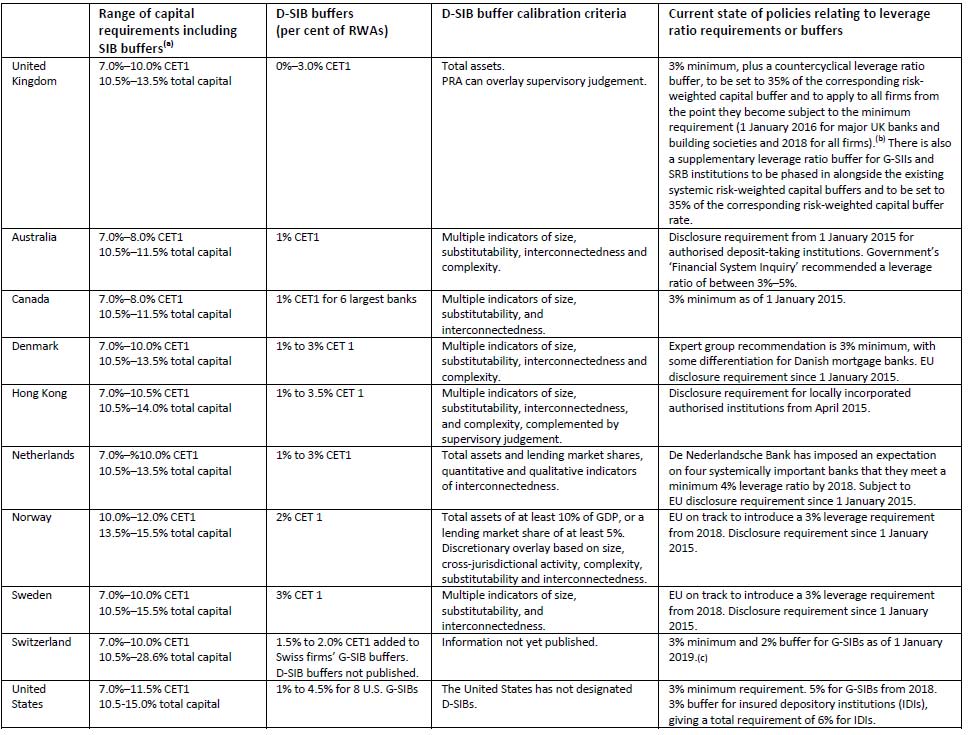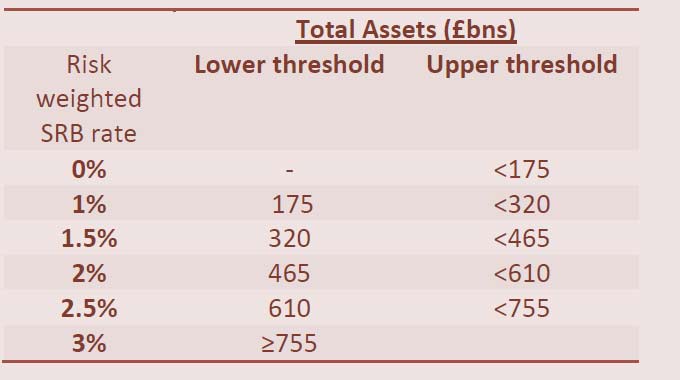Bank Negara Malaysia hosted the tenth meeting of the Financial Stability Board (FSB) Regional Consultative Group (RCG) for Asia in Kuala Lumpur.
At their meeting, members of the FSB RCG for Asia began by reviewing the FSB’s work plan and 2016 policy priorities, namely: promoting full, consistent and timely implementation of the international financial reforms; finalising the design of the remaining post-crisis reforms; and addressing new risks and vulnerabilities. They next considered vulnerabilities in the global financial system, their potential impact on Asia and possible policy responses, and regional financial stability issues.
In terms of new risks and vulnerabilities, members discussed the latest developments in financial technology and implications for financial stability. Related to this, they exchanged views on the latest trends and challenges in cybersecurity, supervisory approaches to enhance information technology risk management at financial institutions and market infrastructures, and the need for cooperation in cyber intelligence sharing, both domestically and cross-border. This discussion drew upon a 19 May workshop that took place in Hong Kong organised by the RCG – and involving both the public and private sector – that focused on financial technology and cybersecurity.
Members next turned their attention to corporate governance and steps being taken by regulators to address weaknesses identified during the financial crisis. Members shared experiences on how a robust governance framework can help the allocation of authority and responsibilities in a firm, in particular to its board and senior management; monitor performance; and ensure employees conduct business in a legal and ethical manner. Members also discussed mechanisms for strengthening individual accountability, including the role and responsibilities of the board, management and control functions.
In December 2015, the Basel Committee on Banking Supervision issued a second consultative document on Revisions to the Standardised Approach for credit risk as part of its broader review of the capital framework to balance simplicity and risk sensitivity, and to promote comparability by reducing variability in risk-weighted assets across banks and jurisdictions. Members discussed the revised proposal, including the use of external credit ratings to determine risk weights and the risk weighting methodology for different classes of assets. They also considered how the new proposal will impact banking systems in Asia.
The meeting concluded with a session during which members shared experiences with the implementation of resolution regimes, including requirements for recovery and resolution planning for domestically systemically important financial institutions. As part of the discussion, members explored ways to facilitate cross-border cooperation in the event of resolution actions.
The FSB Regional Consultative Group for Asia is co-chaired by Mr Norman T. L. Chan, Chief Executive, Hong Kong Monetary Authority and Mr Ashraf Mahmood Wathra, Governor, State Bank of Pakistan. Membership includes financial authorities from Australia, Cambodia, China, Hong Kong SAR, India, Indonesia, Japan, Korea, Malaysia, New Zealand, Pakistan, Philippines, Singapore, Sri Lanka, Thailand and Vietnam.
The FSB has six Regional Consultative Groups, established under the FSB Charter, to bring together financial authorities from FSB member and non-member countries to exchange views on vulnerabilities affecting financial systems and on initiatives to promote financial stability.
The FSB has been established to coordinate at the international level the work of national financial authorities and international standard setting bodies and to develop and promote the implementation of effective regulatory, supervisory and other financial sector policies in the interest of financial stability. It brings together national authorities responsible for financial stability in 24 countries and jurisdictions, international financial institutions, sector-specific international groupings of regulators and supervisors, and committees of central bank experts. Through its six Regional Consultative Groups, the FSB conducts outreach with and receives input from an additional approximately 65 jurisdictions.
The FSB is chaired by Mark Carney, Governor of the Bank of England. Its Secretariat is located in Basel, Switzerland, and hosted by the Bank for International Settlements.



